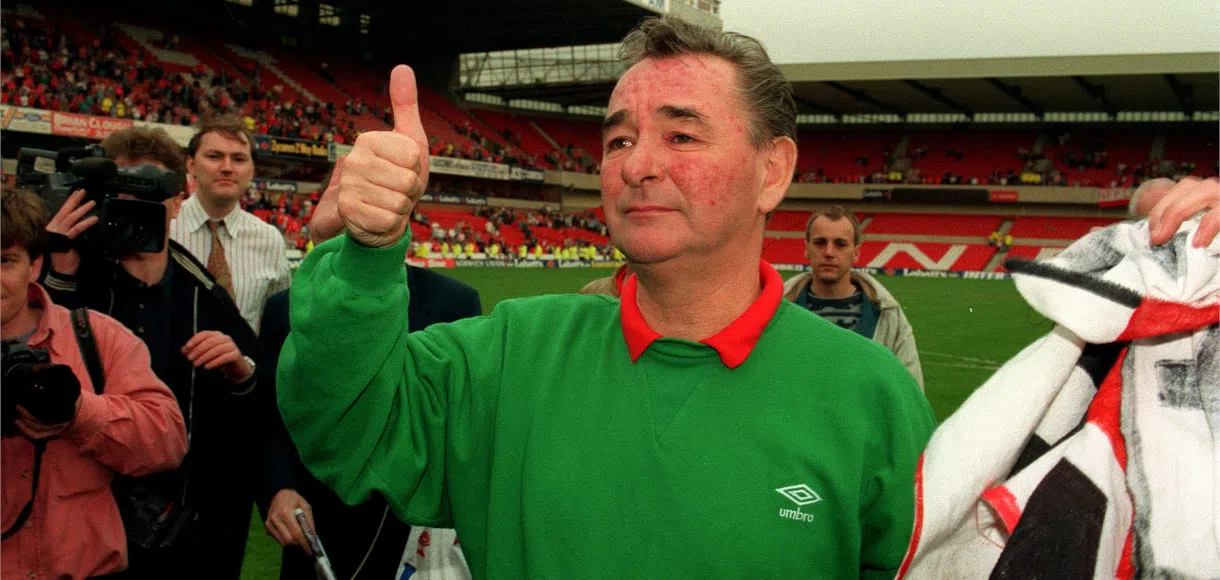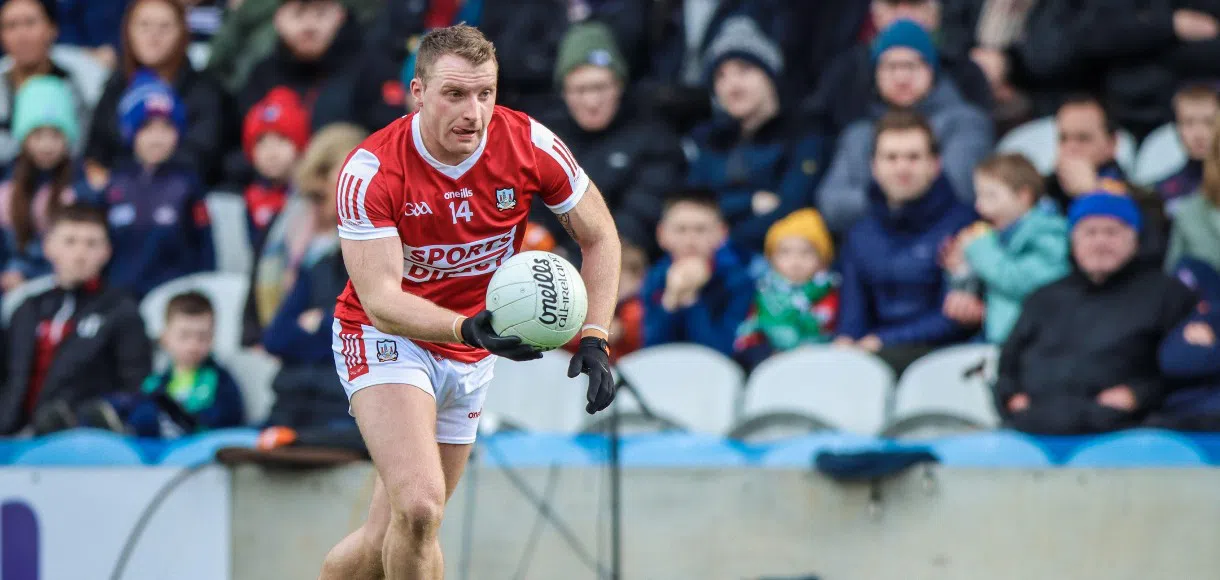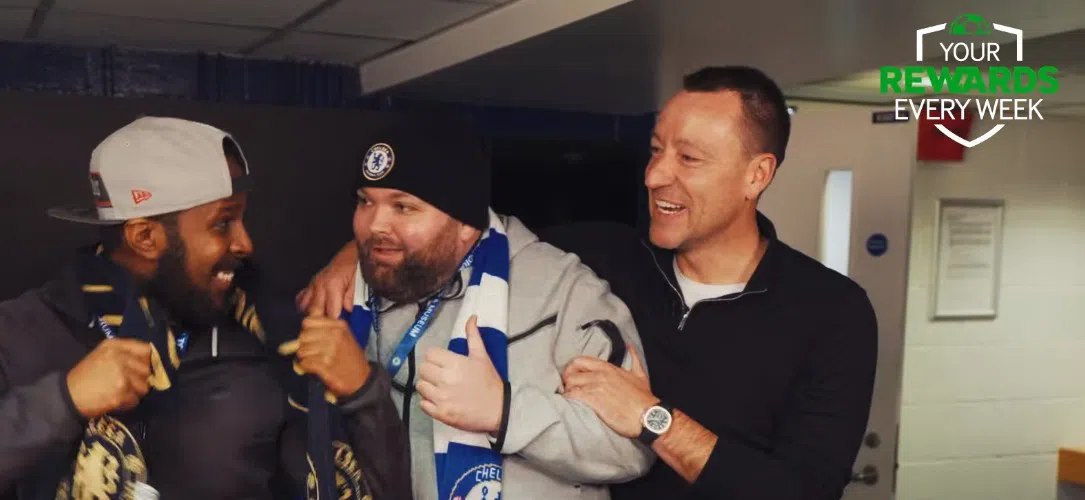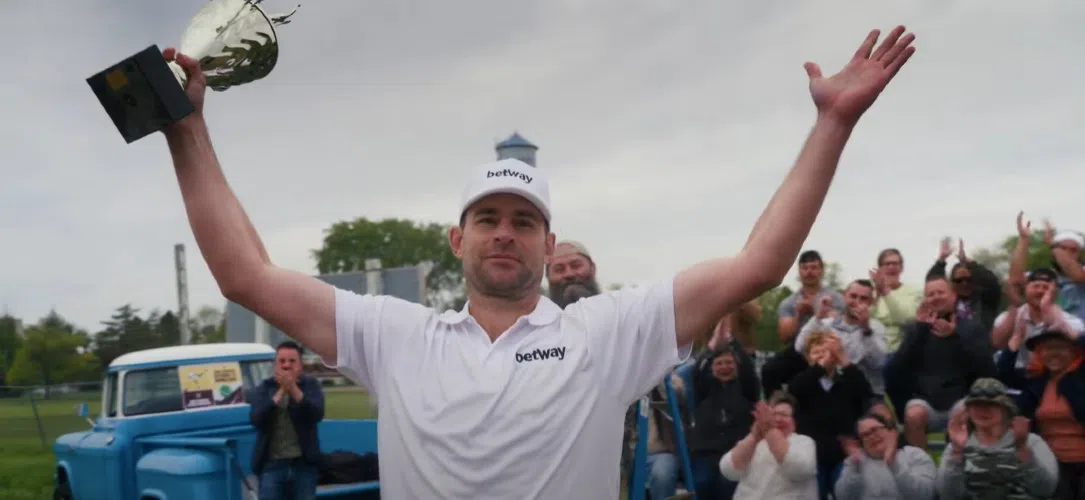Just another game? You must be joking. These EFL derbies are among the most fiercely contested in the country.
Preston North End v Blackpool

It’s rare that rivalries come with an endorsement from footballing royalty, but that’s exactly what Tom Finney gave the West Lancashire derby.
“We always saw Blackpool as our main rivals and had some great matches against them,” the Preston icon said in April 2008.
Blackpool legend Jimmy Armfield explained that the rivalry started with “arguments over whether Stanley Matthews was better than Tom Finney in the ‘50s.”
Former Preston manager between Gary Peters refused to even call Blackpool by their name during his time in charge between 1994 and 1998, referring to them as “that lot with the tower”.
Things have turned even more puerile in the modern era.
Blackpool are known as ‘Donkey Lashers’ by North End fans, while Tangerines fans refer to Preston as ‘Nobbers’. You know, instead of North End? Get it?
Swindon Town v Oxford United

Set 30 miles apart and having spent the majority of their existences in the lower leagues, Swindon v Oxford hardly screams volatility.
Yet when they play each other, the hostility is palpable.
This is a fixture in which familiarity has bred contempt, with the two sides having regularly been in the same division.
But it wasn’t until May 1982 that it truly intensified.
Oxford arrived at Swindon on a 12-game unbeaten run, chasing promotion from the Third Division, with their opponents fighting at the wrong end of the table.
Town won 3-2 in controversial fashion.
A smoke bomb was thrown onto the pitch from the Swindon end, leaving Oxford’s goalkeeper, Roy Burton, unsighted and allowing the home side to score a late winner through the clouds.
The goal stood, sparking ugly scenes in the away end that saw coins thrown at the referee and the crush barriers torn apart.
Plymouth Argyle v Exeter City

Forty-five miles is nothing when in need of a football club to hate.
Plymouth and Exeter are Devon’s only two teams in the EFL and their respective remoteness has pushed them together.
For context, the Pilgrims’ second-shortest journey of the season is a 274-mile round trip to Newport, while Exeter face a 190-mile slog to the same ground.
It’s because of that disconnect from the rest of the country that tribalism between the two sets of supporters is so fierce.
The fixture was ranked second in the country in terms of cumulative dislike in a recent survey, meaning it’s worthy of its place in this list.
“It means everything. It’s like your cup final twice a year,” said former Exeter winger John Hodge in an interview.
MK Dons v AFC Wimbledon

“Where were you when you were us?”
This rivalry is about more than local bragging rights. It’s about the theft, or reincarnation, of a football club, depending on what side you’re on.
It all started in August 2001, when it was announced that the now-defunct and homeless Wimbledon FC intended to relocate 56 miles away to Milton Keynes in order to avoid going out of business.
Despite initial objection from the Football League, the move was ratified the following year and completed in 2003.
Wimbledon FC changed its name to MK Dons, along with reinventing the badge and colours, and the new club took its place in the Football League.
Phoenix club AFC Wimbledon was formed by disenfranchised Wombles fans in 2002 and started in the ninth tier after trials on Wimbledon Common.
A run of six promotions in nine seasons saw them climb to the same level as MK Dons for the first time in 2016.
The first-ever meeting between the two came in an FA Cup second-round match in 2012, which MK Dons won 2-1.
Relations between the two remain sour, with AFC Wimbledon officially refusing to use the Dons’ nickname in reference to Milton Keynes until an EFL mediation in April 2018.
Port Vale v Stoke City

The ill-feeling between these two clubs is evidence that you don’t have to regularly play each other to maintain a rivalry.
In December 2018, Port Vale hosted Stoke Under-21s – the first Potteries derby in over 16 years – in an EFL Trophy second-round game.
Though the hosts’ highest attendance in the competition up to that point had been just 601, 7,940 packed out Vale Park – swelled by 4,000 alone in the away end.
Vale won the game 4-0, but the headlines came from the bedlam elsewhere on a night Staffordshire Police had described as ‘their biggest footballing operation for 10 years’.
Seats were broken, toilets were smashed and there was even an attempt to set fire to the toilet block in the away end.
Here’s to the next 16 years of peace.
Nottingham Forest v Derby County

There are 17 miles between Nottingham Forest and Derby County, but this rivalry is not all about geography.
Derby are closer to Chesterfield, while Forest share a city with Notts County.
But a shared heritage is what has driven their rivalry, most notably coming from Brian Clough’s spells in charge of both clubs.
He guided Derby to the First Division title in 1972, before doing the same – and backing it up with back-to-back European cups – at Nottingham Forest six years later.
The dislike between the two intensified when Derby appointed Clough’s former assistant Peter Taylor as manager in 1982, whose first signing was John Robertson from, yep, Nottingham Forest.
There have been a host of players cross the divide since then – Colin Todd, Peter Shilton and Gary Mills, for example – ensuring plenty of Judases on either side.
More recently, Robbie Savage helped stir up tensions by waving a County scarf in the direction of the home support in 2009, after Derby came back from 2-0 down to win 3-2 at the City Ground.
Bristol City v Bristol Rovers

Whatever daytime soaps taught you when you were younger, neighbours do not necessarily make good friends.
The city of Bristol is proof of that.
Just four miles separate City’s Ashton Gate in the south and Rovers’ Memorial Stadium in the north, and living in such close proximity has made them like squabbling siblings.
The two sets of fans can’t even agree on which is the oldest professional club in the city.
Rovers were formed in 1883 but didn’t joined the Football League until 1920. City were founded a year after their counterparts, but turned professional in 1901.
They haven’t played each other since a first round EFL Trophy match at Ashton Gate in 2013, which is probably just as well given the chaos that ensued.
Bristol City won the game 2-1, but it was overshadowed by a pitch invasion that required intervention from mounted police and saw over 50 arrests made.
Striker Matty Taylor’s deadline-day move from Rovers to City in January 2017, meanwhile, ensured that he would never be welcome in the north of the city again.
Swansea City v Cardiff City

“There are players being physically sick, hiding in corners, saying prayers,” said former Cardiff and Swansea player David Giles in an interview about what the south Wales derby can do to a dressing room.
Swansea winger Wayne Routledge, meanwhile, described the derby as ‘the feistiest one’ he had played in – some comment, given that he has also played in Newcastle v Sunderland and Brighton v Crystal Palace.
It is a derby with meaning that goes well beyond football.
In 1925, Swansea’s chairman proposed that a league game between the two should decide which city would be named the capital of Wales.
Cardiff was eventually settled on 30 years later, but football had nothing to do with the decision.
The hostility that now dominates the fixture only began in the 1980s, though, with the two having had a friendly relationship prior to the rise of hooliganism.
Violence soon became so much of an issue that the FA took the step of banning away fans from the fixture for four years after an FA Cup tie dubbed ‘The Battle of Ninian Park’ in December 1993.
Visit Betway’s football betting page.

















